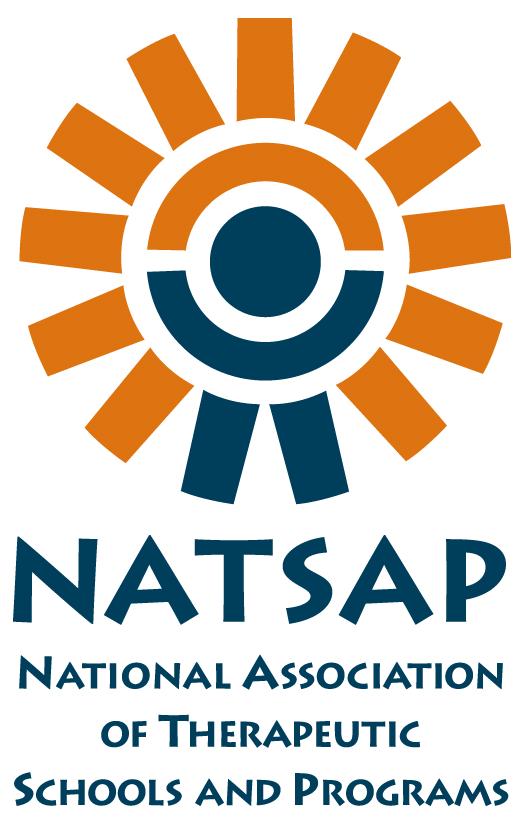The Mental Health Surveillance Among Children Survey – United States 2005-2011 provides numerous statistics regarding alcohol abuse, alcohol addiction/dependence, substance abuse, substance addiction/dependence, prescription drug abuse and many other teen issues. We are going to focus on substance abuse and dependence here.
In the newly released update of the American Psychiatric Association’s , Diagnostic and Statistical Manual of Mental Disorders (DSM5), Substance Use Disorders no longer separates substance abuse (which was defined in the DSM-IV as a “maladaptive pattern of substance use manifested by recurrent and significant adverse consequences related to the repeated use of substances”) and substance dependence (which was defined in the DSM-IV as a “maladaptive pattern of substance use includes such features as increased tolerance for the substance, resulting in the need for ever-greater amounts of the substance to achieve the intended effect; an obsession with securing the substance and with its use; or persistence in using the substance in the face of serious physical or mental health problems.”)
For example the new diagnosis would be drug or substance specific: Cannabis Use Disorder for marijuana abuse or dependence; Cocaine Use Disorder; etc.
We know the consequences of substance abuse in teenagers can include:
- Failing grades in school
- Accidents
- Overdosing
- Suicidal thoughts or suicidal actions
- Addiction
- Risky sexual behavior leading to disease or pregnancy
- Risky behaviors
- Behavior problems
- Lying and stealing
- Problems at school
- Problems with family and/or friends
- Problems with the law
- Early substance use leading to a substance abuse or dependence in adults
- Etc.
In 2011, 1.7 million adolescents, ages 12 – 17 years had a substance abuse or substance dependence/addiction and two thirds of them had an illicit drug use disorder. Illicit drugs include marijuana, cocaine, crack cocaine, inhalants, hallucinogens, heroin and misusing prescription medication.
Specific drug/substance use by age in 2011:
Teenagers 12-13 years old
- 1.3% used marijuana
- 1.3% misused prescription medication
- 1.0% used inhalants
Teenagers 14-15 years old
- 6.7% used marijuana
- 2.6% misused prescription medication
- 0.8% used hallucinogens
- 0.9% used inhalants
Teenagers 16-17 years old
- 15.1% used marijuana
- 4.2% misused prescription medication
- 1.6% used hallucinogens
- 0.5% used cocaine
- 0.7% used inhalants
A teenager with a Substance Use Disorder (abuse and/or dependence) is a serious situation. Treatment is necessary. Residential treatment is often a viable solution because it removes the teen from their surroundings, allows for constant supervision, intense individual and group therapy, continued schooling, family therapy and reintegration back into the family and community.
Triumph Youth Services is a residential treatment center which provides a small, highly structured family-type environment for youth. This family-like community promotes a social environment that takes on both therapeutic and healing properties instead of maintaining negative behaviors.
Reference
http://www.cdc.gov/mmwr/preview/mmwrhtml/su6202a1.htm?s_cid=su6201a2_w#Tab3
http://www.ncbi.nlm.nih.gov/books/NBK64184/
http://www.psychiatry.org/dsm5








